What is the best sealing solution for assemblies?

Different sealing solutions for assemblies
Sealing mechanical assemblies can be complex and costly to achieve, particularly on threaded fasteners. Several solutions exist, each with its own advantages and disadvantages.
These sealing solutions are essential in sectors as diverse as the automotive, aerospace, shipbuilding and petrochemical industries. Each field presents specific challenges, such as resistance to vibration, extreme temperatures and pressures, and exposure to different types of fluid.
1. Mechanical solutions
The sealing of threaded fasteners, particularly screws, can be achieved using a variety of mechanical solutions with similar characteristics and functions: O-rings, flat gaskets or sealing washers. The concept is always the same: a circular sealing element is placed between the screw head and the clamping surface.
These mechanical solutions are simple and can withstand high pressures. However, installation conditions can be restrictive. They are not suitable for all threaded elements (plugs, fittings, countersunk screws, etc.), depending on the size and shape of their bearing surface. In addition, special installation conditions (bearing surface, surface condition, applied load) are required to ensure a good seal. Finally, the added element complicates the industrialization of the screwing process.
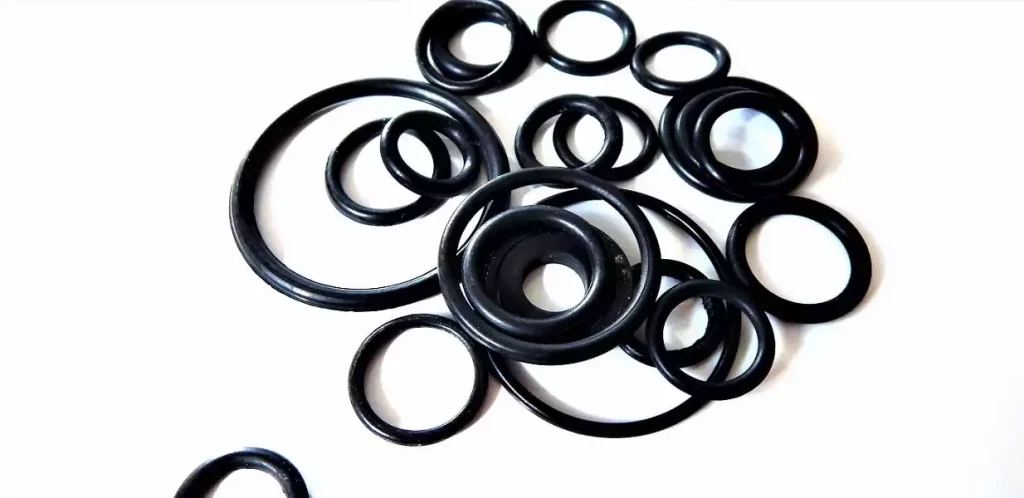
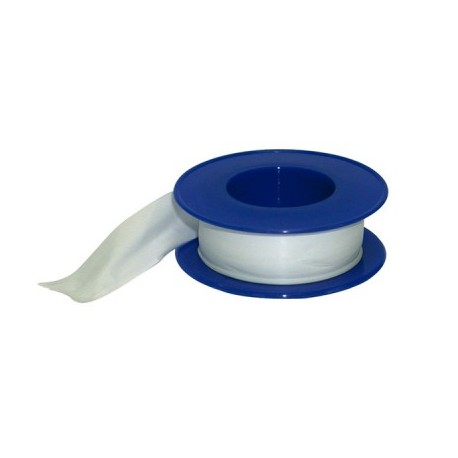
2. PTFE tape
PTFE tape, for polytetrafluoroethylene, is a widespread solution for sealing threaded fasteners. The process involves placing a few turns of tape around the thread before screwing.
This simple solution, adaptable to all types of thread, is applied manually and provides an immediate seal. However, manual application is tricky, and the effectiveness of the seal created is variable. Industrialization of this process is impossible, which makes it a good method for small repairs and special installations, but incompatible with mass production.
3. Sealing paste
The sealing paste is placed on the thread before insertion to seal the assembly. The paste is effective immediately, as it doesn’t have to harden to seal, making it easy to remove and reposition. However, this means that this solution does not work at high pressures (20 bar max.).
As it does not harden, the sealing compound has no braking effect on the threaded fastener, unlike some of the other solutions mentioned, making it less resistant to shock and vibration. Large-scale use in industry, with dedicated automatic installation systems, is possible but complex.
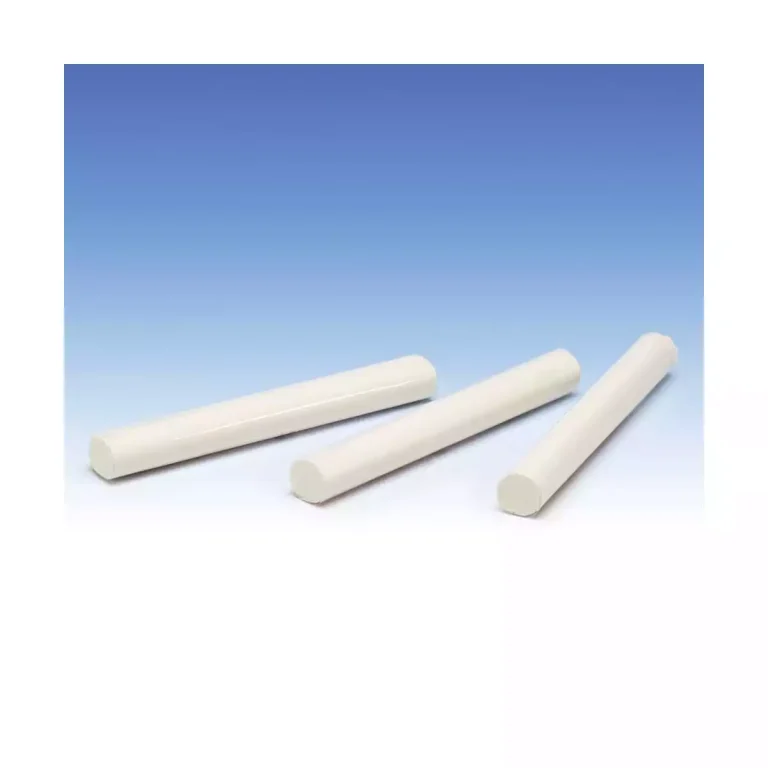
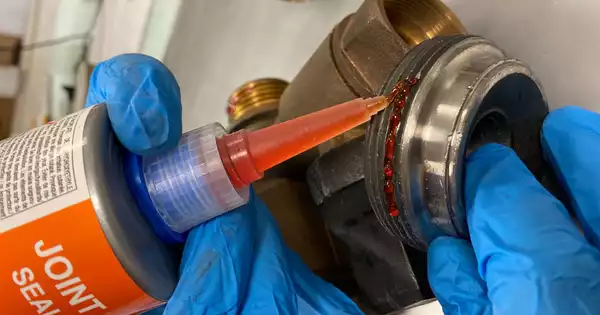
4. Anaerobic resin
Anaerobic resins are liquid adhesives designed to react in the absence of air and when in contact with metal ions. They then polymerize to create a solid compound between the threads, providing both sealing and braking.
In this sense, anaerobic resins only work for metal/metal combinations. This also induces a setting time to allow the resin to harden. This time ranges from 2 to 60 minutes, depending on the metal pairing of the assembly. The resin’s final performance, in terms of mechanical strength and waterproofing, is achieved after a complete drying time of 24 to 48 hours. After this time, this solution provides high-pressure resistance, as well as good resistance to shock and vibration. As with sealing paste, a complex dedicated system is required to use anaerobic resin as a mass-produced sealing solution in industry.
5. Pre-coating
Pre-coating for fastener sealing is a technique that involves applying a sealant to the threaded, sub-head or smooth part of a component.
This product is specially designed to be activated when the part is screwed in. The seal is then effective. This solution exists not only for screws, but also for plugs, fittings and any other fastener requiring a seal.
Pre-coating works on all types of metal, as well as on plastic parts. It offers immediate sealing after assembly, up to 50 bar on certain assemblies, and high permissible pressures in use.
This technique also maintains clamping tension thanks to the metal-to-metal contact of the threads. The sealing patch can also be combined with a braking solution.
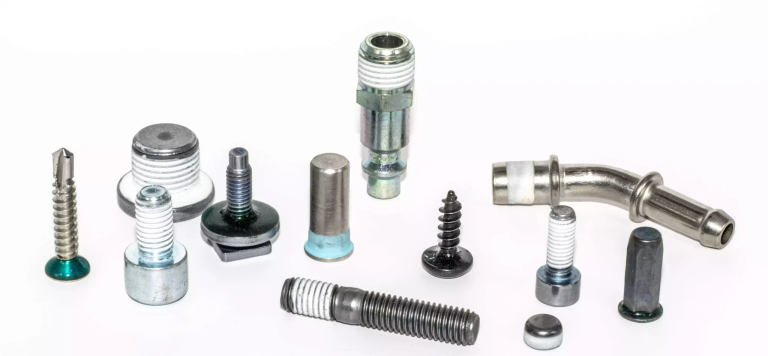
Tableau comparatif des solutions d'étanchéité
| Sealing solution | Description | Avdantages | Disadvantages |
| Mechanical solutions | Use O-rings, flat gaskets or sealing washers between screw head and surface. | – Withstands high pressures. – Easy to use. – Suitable for fixed applications. |
– Requires specific bearing surfaces. – Increased complexity for industrial screw applications. – Addition of extra elements. |
| PTFE tape | Tape wrapped around threads for manual sealing. | – Easy to apply. – Low cost. – Suitable for all thread types. – Immediate sealing. |
– Variable manual application. – Non-industrializable. – Low resistance to vibration and shock. |
| Sealing paste | Paste applied to threads before screwing, no hardening necessary. | – Removable and repositionable. – Easy to use. – Immediate effectiveness up to 20 bar. – Suitable for industrial automation. |
– Low resistance to high pressure. – Low vibration resistance. – Complexity for automated systems. |
| Anaerobic resin | Adhesive polymerizes in the absence of air, creating a solid compound between threads. | – High resistance to vibration and shock. – Withstands high pressures after curing. – Combines sealing and braking. – Good long-term resistance. |
– Requires setting time (2 to 60 min) and complete curing (24 to 48 h). – Complexity and cost for industrial systems. |
| Pre-coating | Pre-application of sealant to threads or screw heads. | – Immediate sealing. – Withstands up to 50 bar. – Compatible with metals and plastics. – Temperature-resistant from -60° to 200°. – Maintains clamping tension. – Can be combined with a locking system. |
– Less standardized solution that may require validation with engineering. |
Conclusion
In conclusion, pre-coating stands out as a particularly suitable sealing solution, thanks to its ease of industrialization and immediate performance. By responding effectively to the specific problems of different business sectors, it offers a reliable, cost-effective alternative to other sealing techniques. Thanks to its versatility and efficiency, pre-coating has become the preferred option for guaranteeing the watertightness of assemblies.
